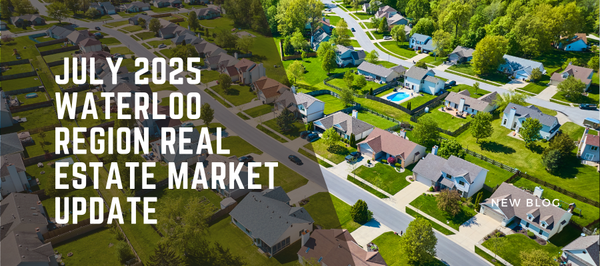

Best Neighbourhoods for Schools in Kitchener-Waterloo
When it comes to finding the perfect home, choosing the right neighbourhood often starts with one key factor: the quality of nearby schools. Whether you’re raising young learners or teens preparing for university, Kitchener-Waterloo offers a wide range of family-friendly communities with excellent e
Read More

Top 5 Family-Friendly Neighbourhoods in Waterloo
Top 5 Family-Friendly Neighbourhoods in Waterloo Looking for the perfect family-friendly neighbourhood in Waterloo? This vibrant city offers a variety of communities that provide excellent schools, parks, and amenities, making them ideal for families of all sizes. Whether you’re searching for a peac
Read More

Top 5 Family-Friendly Neighbourhoods in Kitchener
Top 5 Family-Friendly Neighbourhoods in Kitchener Looking for the perfect neighbourhood to raise your family in Kitchener? With its welcoming communities, excellent schools, and abundance of parks, Kitchener is home to several family-friendly neighbourhoods that offer a great quality of life. Here a
Read More

Best Neighbourhoods for Luxury Homes in the Kitchener-Waterloo Region
Discover the top areas offering exceptional properties, scenic beauty, and access to the best amenities. The Kitchener-Waterloo region is known for its charming communities, vibrant cultural scene, and strong real estate market. For those looking for luxury homes in this beautiful area, there are se
Read More
Categories
Recent Posts










